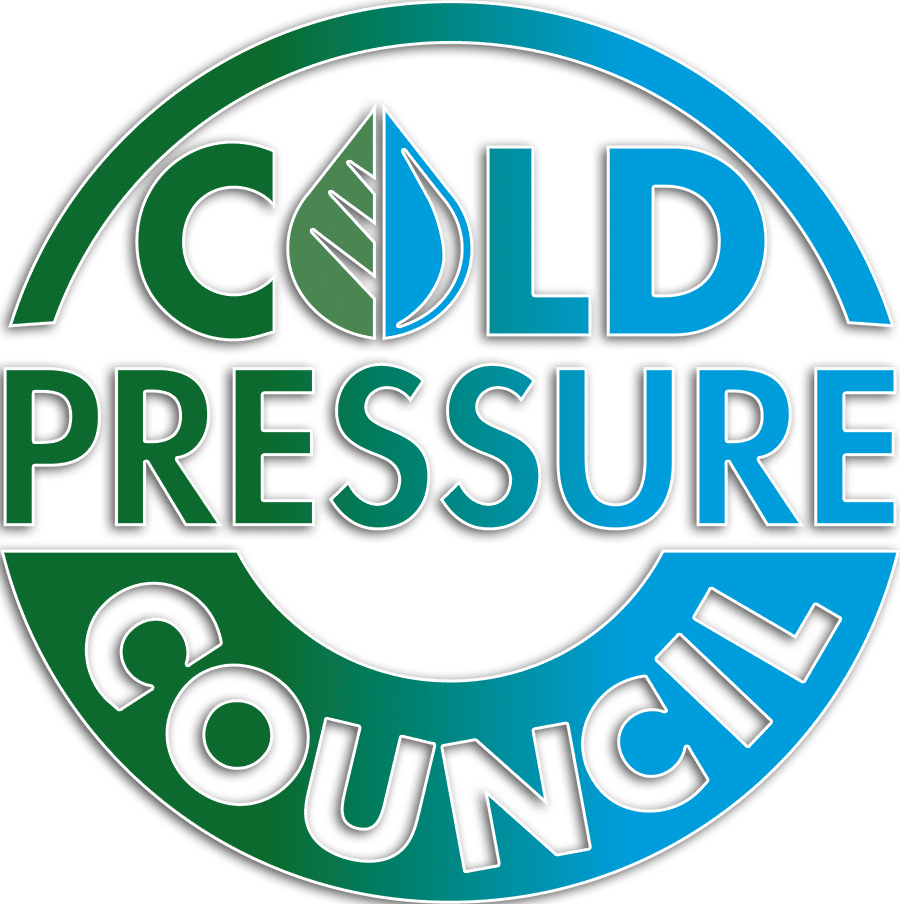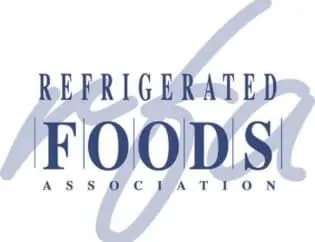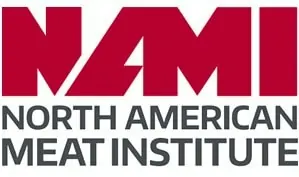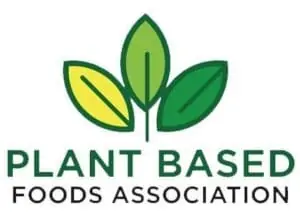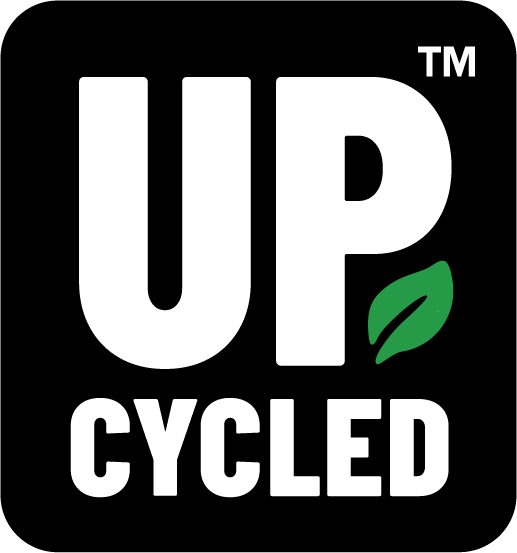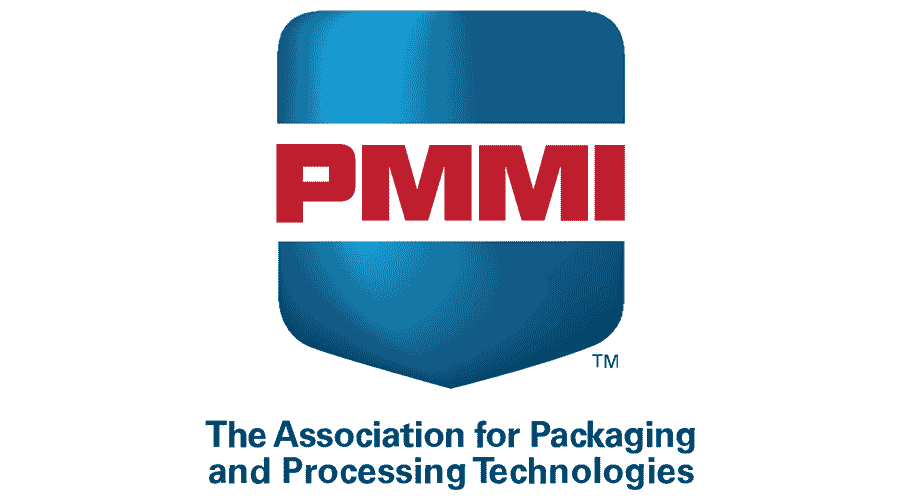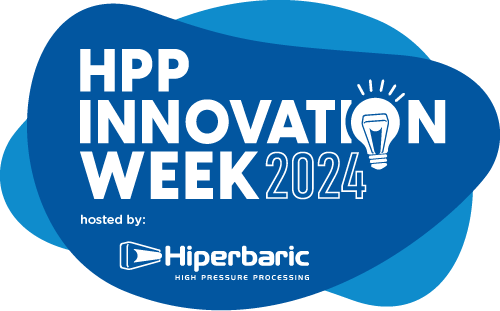High Pressure Processing (HPP) also known as high pressure pascalization or cold pasteurization is a non-thermal (5ºC – 20ºC) food and beverage preservation method that guarantees food safety and achieves an increased shelf life, while maintaining the optimum attributes of fresh products.
Safe and minimally-processed products with an extended shelf life
It is based on the use of high isostatic pressure transmitted by water of up to 6,000 bar /600MPa /87,000 psi, held for a few minutes. This pressure is transmitted uniformly and instantaneously throughout the product, therefore achieving an effect equivalent to pasteurization, except without the use of heat.
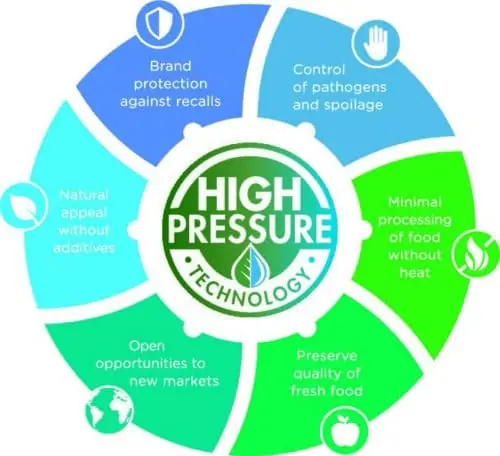
Nowadays, consumers demand food and beverages with very specific characteristics: higher sensory and nutritional quality, absence of additives and preservatives, ready to eat, with a long shelf life and 100% safe.
HPP technology mantains freshness of food products up to 3 months after being packaged
Non-thermal preservation techniques, like HPP, have experienced a boom in recent years because they perfectly adapt to these premises, unlike traditional thermal and chemical treatments. High pressure processing or cold pasteurization is the most extended non-thermal preservation techniques among industrial manufacturers due to its multiple advantages.
HPP Advantages
- Food Safety Guaranteed. HPP destroys pathogens (Salmonella, E. Coli, Listeria, Vibrio, norovirus, etc.) and spoilage microorganisms (lactic acid bacteria, coliforms, etc.), meeting the requirements of food authorities.
- Minimal Processing. The nutritional and organoleptic characteristics of food products are kept intact. It provides minimally processed foods, maintaining the freshness of the original product.
- New Market Opportunities. In the case of some products such as cured ham, this is the only technology that allows its producers to enter markets safely, such as Japan or the US.
- Shelf Life Extension. Depending on the product, HPP extends the shelf life up to 3x to 30x, while still ensuring a high-quality product.
- Improve Supply Chain Operations. Thanks to an extended shelf life, it is possible to optimize production planning and scale operations.
- Reduce Food Waste. HPP prevents food waste on the retail shelf and in the consumers refrigerator since it has an extended shelf life.
- Clean Label. HPP allows to drastically reduce or eliminate the use of preservatives or additives in food.
- Wide Range of Applications. HPP can be used for a variety of food application. Discover the range of applications on our website.
- Versatile. HPP can be applied on packaged products (In-Pack), avoiding cross contamination; or directly on bulk liquids for greater productivity and having no limitations on packaging (In-Bulk).
- Innovative Products. HPP allows R&D teams to develop innovative products for the consumer and open new market niches.
- Increases the Extraction Yield of Shellfish Meat. HPP, at low pressures (3,000 bar), is used for opening bivalve mollusks and removing meat from crustaceans, increasing efficiency and minimizing labor.
- Eco-friendly. It requires electricity and water, which can be recycled.
HPP Disadvantages
- Does Not Inactivate Spores. To be able to achieve this, a combination of pressure (6,000 bar) and temperature (>100ºC) would be needed.
- Sterilization is a technology capable of inactivating spores. Normally, the food industry uses high temperatures, achieving shelf stable food at room temperature for months or years. The drawback is that the high temperatures that are applied alter the nutritional and organoleptic properties of the food or drink.
- Currently, the combination of different technologies, including HPP, is being investigated to ensure the inactivation of spores, while still maintaining the characteristics of fresh food.
- Not Effective on Dry Products. To ensure its effectiveness, it is recommended that the products have an Aw (water activity) greater than 0.8.
- In certain cases, it is possible to develop alternative products or even modify certain aspects such as formulation or acidity to make the process efficient, even if the Aw is less than 0.8.
- Possible Changes in Texture or Color. Macromolecules such as proteins and polysaccharides change their three-dimensional structure with HPP. This can generate changes in texture and color on some products (meat, eggs or fish). However, there is no alteration in their composition or flavor.
- This effect is not noticeable in raw marinated meats.
- When HPP is used for meat extraction in seafood products, the protein structure is not altered since lower pressures are used (about 3,000 bar / 300 MPa / 43,000 psi).
HPP products must be stored under refrigeration
Discover high pressure thermal processing (HPTP) for shelf-stable products.
Frequently Asked Questions (FAQ)
1. What are the requirements for HPP foods?
The High Pressure Processing (HPP) technology is a hydrostatic process that relies on the compression of water to transmit pressure. Therefore, it is recommended that foods have a water activity (aw) above 0.96 to maximize the lethal effect on microorganisms.
In other words, HPP is more effective in high aw products because the product will have a higher content of free water available to transmit the pressure, leading to a higher microbial inactivation and extended shelf-life.
Keep in mind that moisture content is different from aw. A product can have a high moisture content and a low aw.
2. What are the main applications of HPP?
HPP has spread to a wide range of foods and beverages: from the most consolidated HPP applications, such as juices & beverages, meat, and avocado products, to the latest trends such as ready-to-eat (RTE) meals, dips of vegetable origin, baby food and pet food.
See below a diagram (updated in 2020) with the worldwide distribution of industrial HPP machines by food sectors:
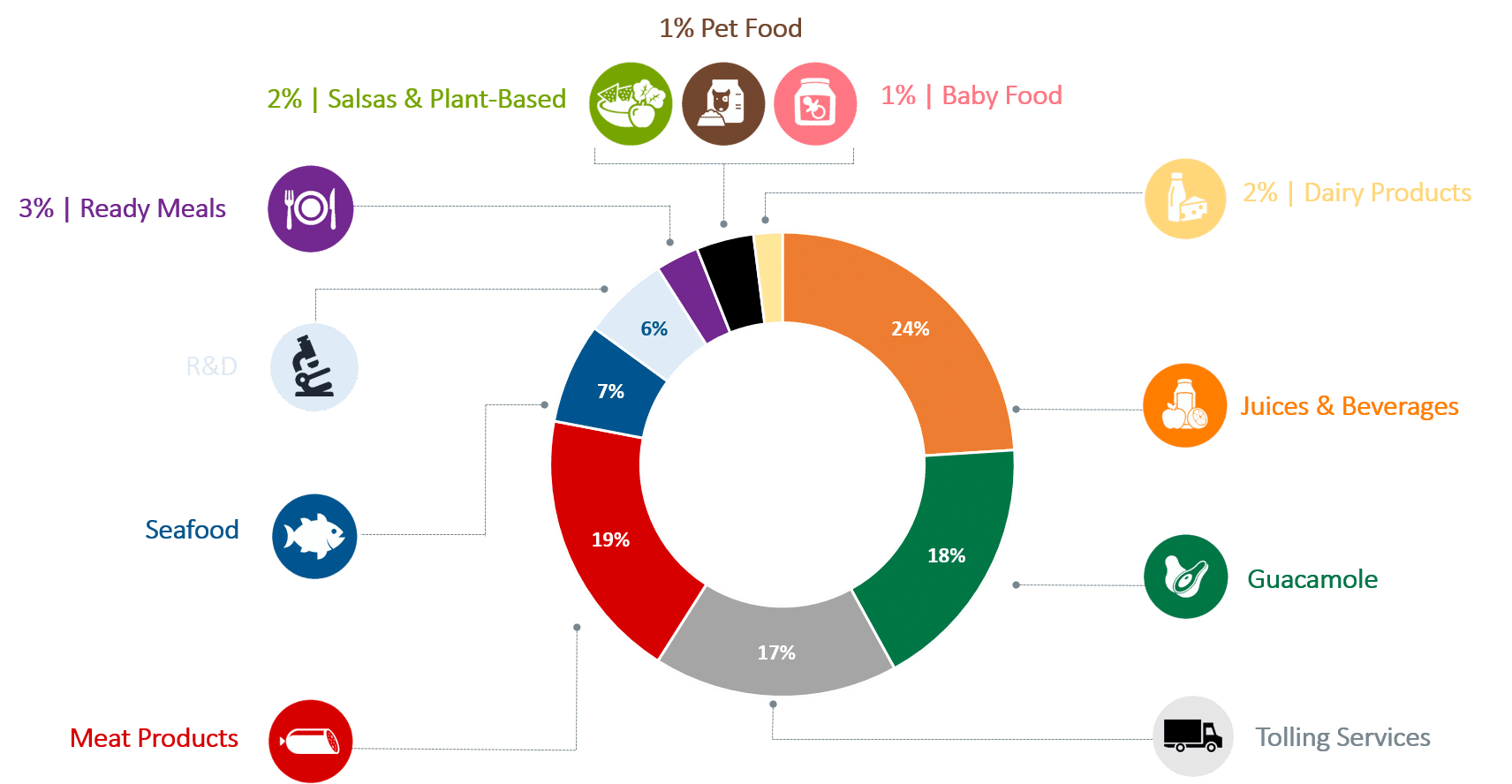
• 2.1. What foods cannot be processed by HPP?
To enjoy the advantages of HPP, products should have a high water activity content to maximize the lethal effect on microorganisms. In addition, this technology can lead to changes in the texture of some ingredients in the absence of a liquid or dressing surrounding them. Therefore it is not recommended to apply HPP to spices, powders, dry nuts or fruits, cereals, whole fruits, vegetable leaves and leafy salads, bread and pastries and other ingredients that fit in this description.
Foods must be thawed for HPP as the technology does not work for frozen foods. Volume changes due to compression/decompression alter the cellular membrane of microorganisms and the stability of key cellular components like enzymes or proteins. Ice is less compressible than liquid water, which protects microorganisms. It is also possible that microorganisms adapted to cold/frozen environments present a more flexible cellular membrane and generate solutes to stabilize key components in cold environments, which may also confer pressure resistance.
3. Does HPP affect the composition of foods or their sensorial properties?
HPP has minimal effects on vitamins, antioxidants, other micronutrients, and flavor and aroma compounds. Furthermore, it helps to better retain these compounds compared to conventional thermal processes. This is because HPP does not break covalent bonds, and only affects weaker non-covalent molecular interactions like hydrogen bonds, van der Waals forces, electrostatic and hydrophobic interactions. These interactions are responsible for the stabilization of the secondary and tertiary structure of proteins, complex carbohydrates, or biological structures such as lipid bilayers of cell membranes.
4. What are the advantages of HPP over other non-thermal technologies?
HPP is the most known and used among non-thermal food processing technologies (e.g. pulsed electric fields, ultraviolet radiation, ionizing radiation or membrane filtration) in the USA, Europe, Asia and Oceania. Unlike the other non-thermal technologies, HPP is completely non-thermal and used for liquid and solid foods... Moreover, as a post-packaging intervention, it allows to remove additives and to obtain a clean-label product.
5. Do foods need to be packaged for HPP?
HPP is an ‘’In-pack’’ process, meaning that the products need to be packaged when processed, usually in their final package. Packaging materials must be flexible (to withstand compression), elastic (to recover their original shape after decompression), and waterproof (as they will be submerged in water). These considerations make plastic polymers the most versatile option.
Hiperbaric has developed the ‘’In-Bulk’’ technology, a breakthrough innovation that allows processing liquids without being packaged, i.e. in bulk before packaging. This opens the range of other packaging solutions that can be used like carton bricks, glass bottles, and metal cans.
6. Is HPP really a non-thermal process?
HPP is a non-thermal technology as the temperature during the process is below 40 °C/100 °F.
Still, it is true that during this process a slight temperature increase occurs inside the vessel. This phenomenon is called adiabatic heating and is associated with water compression. In the particular case of water, the temperature increases around 2-3 °C for every 100 MPa/1000 bar/15,000 psi of applied pressure. Therefore, taking into account the maximum operating pressure of industrial equipment (600 MPa/6000 bar/87,000 psi), the food/water temperature would only increase 18 °C/64 °F during holding time, which is typically between 2-6 min. Furthermore, the adiabatic heating is completely reversible upon pressure release, and the product returns to the temperature level before the HPP cycle.
7. Can HPP replace heat pasteurization or sterilization?
HPP technology allows the inactivation of vegetative microorganisms, parasites and viruses by applying 400 MPa (4000 bar/58,000 psi) to 600 MPa (6000 bar/87,000 psi), for a few seconds to around 6 minutes. However, as with thermal pasteurization, some pressure resistant microorganisms remain viable in the product after processing, as well as bacterial spores which are not inactivated by HPP. Furthermore, HPP does not completely inactivate most enzymes, and for this reason, HPP does not allow the development of stable foods marketed at room temperature. On the other hand, HPP-treated products better retain sensory and nutritional properties in comparison to the conventional thermal process.
In conclusion, HPP technology delivers “fresh-like” products with similar microbiological results as heat pasteurization, however it is not a sterilization technique.
8. Can HPP inactivate spore-forming microorganisms?
Bacterial spores are highly resistant to high pressure. In fact, at the maximum operating pressure of industrial equipment (600 MPa/6000 bar/87,000 psi), spores are not inactivated. However, considering other hurdles such as a low pH (<4.6) and refrigerated storage (4-6 °C), could keep the product within safe margins by preventing germination and spore growth during food storage. Combining high pressure with mild or high temperature levels in a process known as pressure assisted thermal sterilization (PATS), or pressure assisted thermal processing (PATP) could be a good strategy to achieve spore inactivation and ensure food safety with a milder impact nutritional and sensory quality. Nonetheless, this technology is not yet at an industrial application level.
9. Does HPP impact enzyme activity?
HPP inactivates pathogenic and spoilage microorganisms, as well as some tissue enzymes. HPP effects on the enzymes depend on multiple factors, including the type of enzyme, the processing conditions, and the characteristics of the food matrix. Hence, most enzymes will only be partly inactivated and remain active during refrigerated storage. If desired, some strategies to increase enzymatic inactivation is combining HPP with other hurdles, such as lowering the pH, adding antioxidants, or blanching the raw materials before HPP. However, in some cases, this partial inactivation of the enzymes can be a desirable phenomenon, opening the possibility of developing new products with a different texture.
10. Can HPP foods be stored at room temperature?
It is recommended to store HPP products in refrigeration (4-6 °C), since the cold chain will act as a hurdle to slow down undesirable microbial growth enzymatic activity, and chemical reactions during the shelf-life.
This is easily understood, since some microorganisms can be resistant to high pressure and recover during the shelf-life. The same happens with the enzymes that are not completely inactivated: if the cold chain is maintained their residual activity will be lower. Likewise, chemical reactions that are not related to HPP but lead to sensory or nutritional changes, take place at faster rates under temperature abuse (10 °C) or room temperature levels.
11. Does HPP guarantee food safety?
Definitely. HPP guarantees food safety and achieves an increased shelf life, while maintaining the optimum attributes of fresh products. In addition, HPP is highly recognized by numerous food safety authorities (FDA, EFSA…). Food safety is achieved by inactivating vegetative pathogens, including bacteria, viruses, molds, yeasts and parasites by applying 400 MPa (4000 bar/58,000 psi) to 600 MPa (6000 bar/87,000 psi), for a few seconds to around 6 minutes.
However, since there are some pressure resistant microorganisms and enzymes, and even at the maximum operating pressure of industrial equipment (600 MPa/6000 bar/87,000 psi), spores are not inactivated, other hurdles should be taken into account. For example, low pH (<4.6), presence of natural antimicrobials and refrigerated storage (4-6 °C), could help to further guarantee food safety together with HPP technology.
Regulatory Compliance for HPP Products
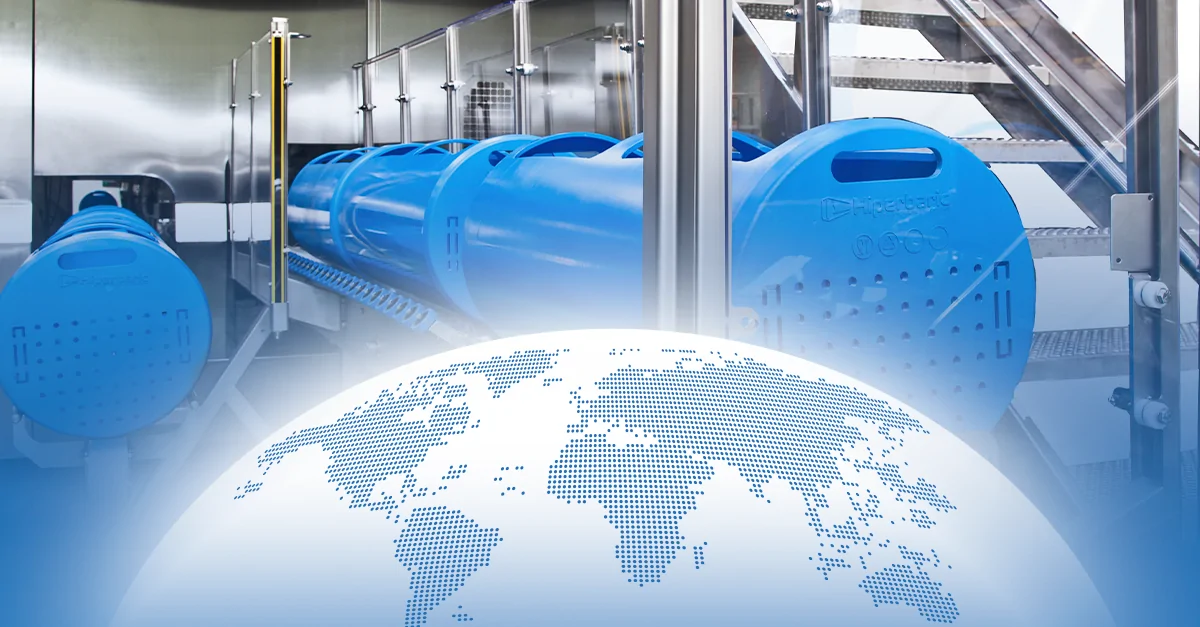
Regulations Around the Globe
HPP has been used commercially for over 20 years globally. There have been no recalls or reported safety issues associated with HPP products.
The absence of a global authorization for High Pressure Processing (HPP) results in different approaches to integrating HPP into regulatory frameworks in different regions. Below, we have detailed the requirement for three primary regions. Click on your region to learn more.
Members of some of the most prestigious Associations and Institutions in the world
